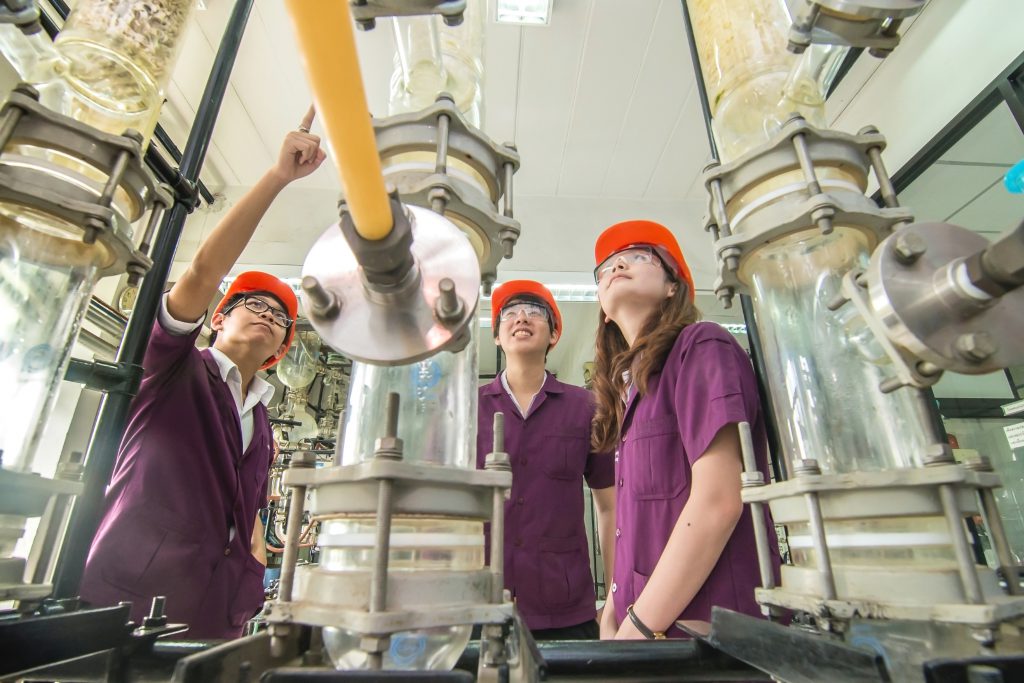Polymer science has come a long way since Leo Baekeland invented the first official synthetic polymer in 1907 (aptly named “Bakelite”). Since then, polymer science and the development of synthetic polymers has expanded to include a wide range of man-made polymers and significant improvements to the manufacturing industries across a variety of fields.
Fluoropolymers are well known for their excellent chemical inert characteristics. However, they also have other interesting physical properties worth exploiting in industrial applications. Even the most seasoned of engineers might not know these interesting facts about the physical properties of polymers in common applications within industries like semiconductor, pharmaceutical and chemical process manufacturing.
1. PTFE (or Teflon®) Has the Third Lowest Coefficient of Friction
There are only two other solid materials that have a lower friction coefficient than Polytetrafluoroethylene (PTFE). What’s more is that PTFE is so slippery, even insects (like ants) can’t manage to grip the material. This characteristic makes it usable for a lot more than just cookware coating. PTFE ground into a micro powder is a useful lubricant and can improve wear and tear on machinery. Its low friction even makes it useful in fluid handling products, reducing the resistance to flow, especially in high viscosity applications.
2. PFA’s Highly Stable Thermal Characteristics are used Beyond Injection Molding
Perfluoroalkoxy alkanes (PFA’s) main claim to fame over PTFE is that it can be injection molded in a molten state for use in producing high volume polymer plastic parts for critical applications. However, PFA is also incredibly useful for applications that require a high level of thermal stability. For instance, PFA is used often in power plants specifically to line heat exchangers in order to cool gas quickly without damaging the exchanger. Its high operating temperature can even help improve overall machine and plant efficiency.
3. The Low Density of PVDF Gives it a Key Advantage Over Other Fluoropolymers
Polyvinylidene fluoride (PVDF) has similar chemical compatibilities to PTFE, but its low density gives it an advantage for applications that require more lightweight solutions. PVDF is commonly used for wiring in semiconductor applications. But because of its low density, PVDF has become a mainstay material for the biomedical industry as well. Its lightweight characteristic has made it perfect for creating artificial membranes which are used in pharmaceutical R&D to mimic the actions of cellular membranes.

